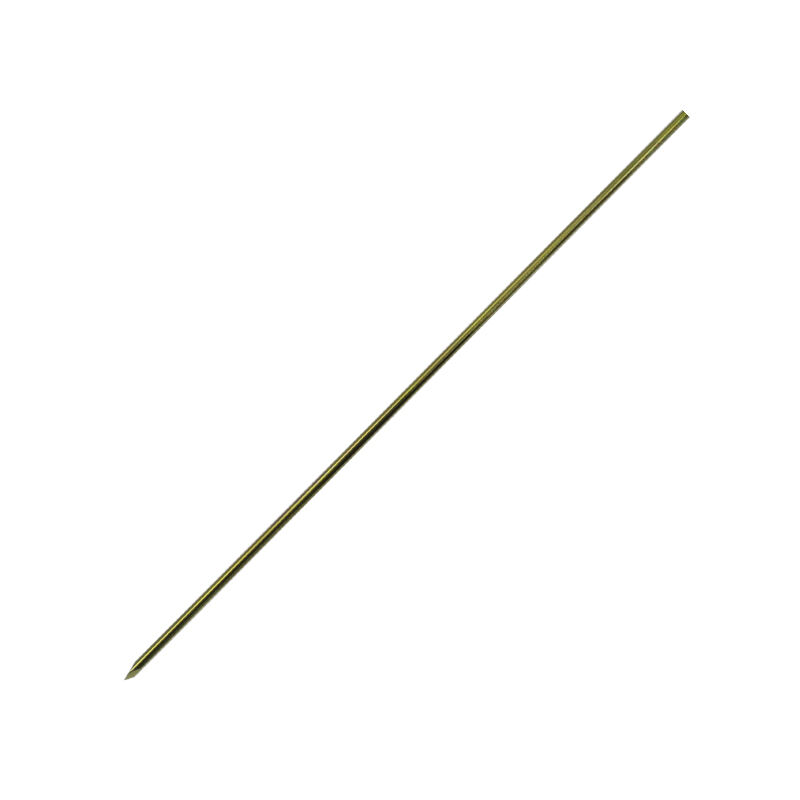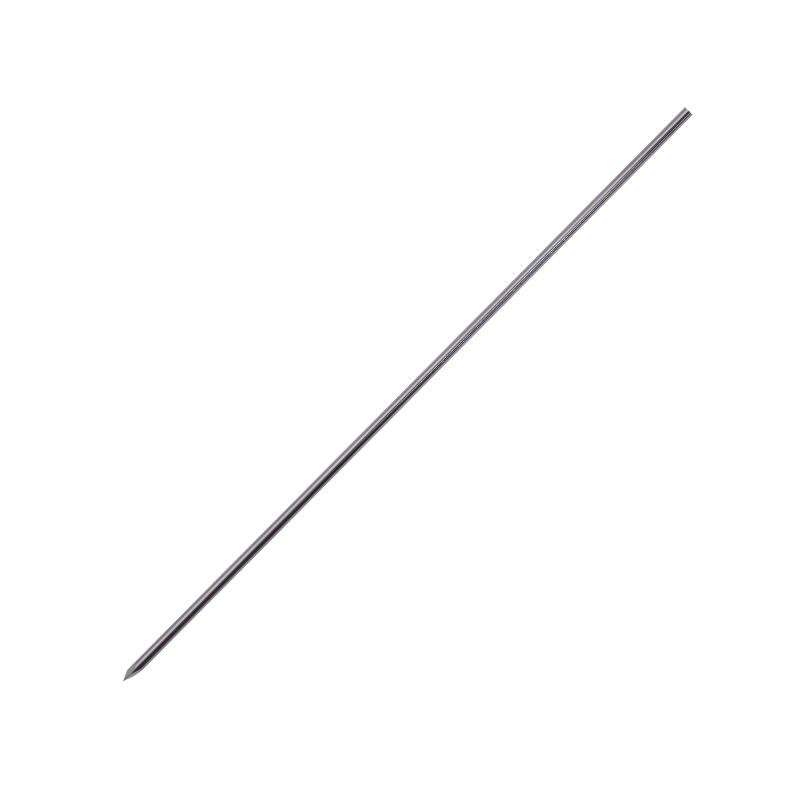kirschner pin
A Kirschner pin, commonly known as a K-wire, is a fundamental surgical tool used in orthopedic procedures for temporary or permanent bone fixation. These sterilized, stainless steel wires feature a sharp point at one end and are available in various diameters, typically ranging from 0.6mm to 3.0mm. The pins serve multiple purposes in orthopedic surgery, including fracture fixation, temporary stabilization during complex procedures, and guidance for larger implants. Kirschner pins are particularly valuable in treating small bone fractures, especially in the hands and feet, due to their precise placement capabilities and minimal tissue disruption. The design allows for both percutaneous insertion and easy removal once healing is complete. Modern K-wires often feature specialized coatings that enhance their visibility under imaging systems and reduce the risk of infection. The versatility of Kirschner pins makes them essential in both emergency trauma cases and planned surgical procedures, providing surgeons with a reliable method for achieving accurate bone alignment and stabilization. Their simple yet effective design has remained largely unchanged since their introduction, proving their enduring value in orthopedic surgery.


